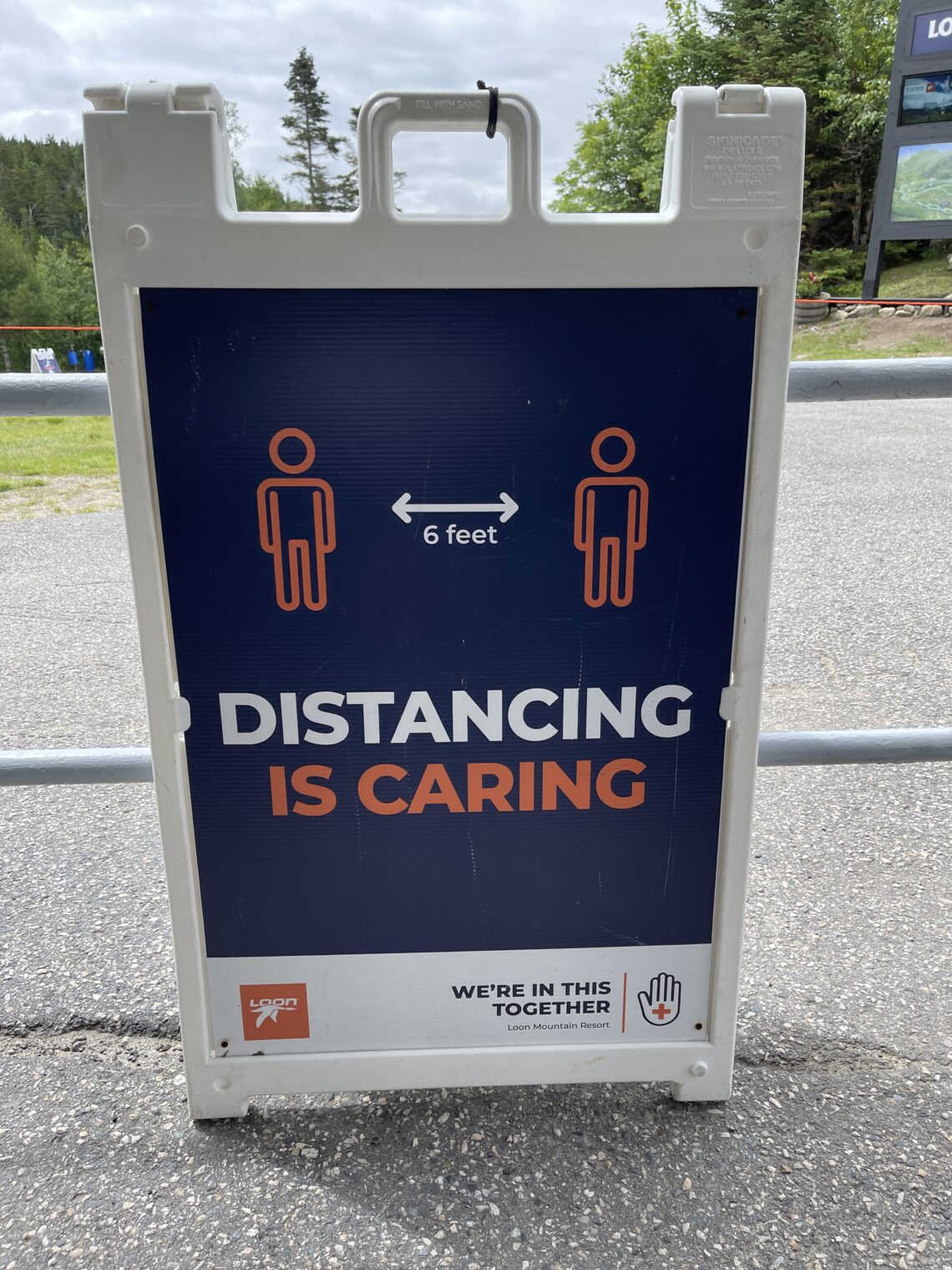Government gives Americans 3,600 new reasons to fight over custody starting today
Today is the first day when a “parent” can get a $3,600 per child fully refundable tax credit from the U.S. government. This is a fully refundable credit, i.e., it turns into $300 per month Given that roughly half of American children don’t live with two biological parents, that means that the cash implications of winning “primary parent” status are more significant than ever. If there are two children, for example, and the parents have equal incomes, a 60/40 parenting split might result in a 2:1 different in spending power between the winner parent and the loser parent (state-by-state differences in child support formulae are substantial).
For plaintiffs who were on the fence regarding making a domestic violence allegation, for example, in hopes of enhancing prospects for obtaining primary custody, now there is an additional $7,200/year at stake (comparable to working 1,000 extra hours per year at the current federal minimum wage). For comparison, $7,200 per year is more than a Swedish plaintiff could obtain by having sex with the richest billionaire in Sweden. It is also more than a plaintiff could obtain by having sex with the richest defendant in Germany.
(The current wave of inflation that is washing over the U.S. also makes family court litigation more critical. See “Profits from Marriage and Child Support Depend Heavily on Inflation Rates” within the Quirks chapter:
Nominal rather than real (inflation-adjusted) investment income is included in every state’s child support formula. Consider a defendant with $2 million in premarital savings and a 2-percent real return on those savings. With inflation at 1 percent, the nominal return will be 3 percent or $60,000 per year. If inflation goes back up to a Jimmy Carter-era 10 percent, the nominal return will be 12 percent and investment income for child support purposes will be $240,000 per year, four times as high despite the fact that the real return on investment is the same. The effect of inflation in Wisconsin, for example, with its 25 percent of gross income rule for two kids, is an increase in the child support plaintiff’s share of investment income from $15,000 per year up to $60,000, far exceeding the $40,000 in real return.
The value of property division can also be boosted by inflation. Consider a jurisdiction where a divorce plaintiff is entitled to a roughly 50 percent share of any appreciation in the value of premarital savings. If the real value doesn’t change, but inflation is 10 percent per year, the separate property will double in nominal value over a 7-year period. A plaintiff who sues for divorce after 7 years will thus obtain 25 percent of the value of the property by collecting 50 percent of the appreciation. In a no-inflation environment, the share would be 0 rather than 25 percent.
If we’re going to have inflation plus extra government-sent rewards to the parent who wins custody, might the second best career choice in the Biden era be divorce litigator? (first best, of course, is child support plaintiff after having sex with a high-income partner!))
Related:
- “New $3,000 child tax credit could raise issues for divorced parents” (CNBC, a little out of sync with the fact that never-married-to-begin-with is a common status for plaintiffs and defendants in U.S. family courts)
- A section asking whether it makes sense to run a court system to pick winner and loser parents: What does [Linda Nielsen, professor of Psychology at Wake Forest University] think of the winner/loser custody system that prevails in most U.S. states? “A lot of social scientists say that a court cannot possibly pull together enough custody evaluators and psychology experts to accurately predict what is going to be the best parenting plan for each child in a particular family ” responded Nielsen. “The premise that custody evaluators can always give an objective recommendation is flawed. It is not like a driving test or a math test. There may be no standard set of credentials for custody evaluators. There is not necessarily consistency from one evaluator to another and many of the measures used in these evaluations were not designed for that purpose.. A psychologist can’t walk into an intact family, do an assessment and determine which parent is better for which child at which age in that family – or who will be the better parent four years from now. So why bring that difficult task into family court?” Nielsen says that a deeper problem with courts picking the “better parent” at the time of divorce may be that the judge is answering the wrong question. “It doesn’t matter who is a better parent at the time of the divorce,” says Nielsen. “I ask students [in a Wake Forest University Department of Psychology course] ‘Was your mother or father the better parent when you were 6, 10, 16 years old? Now answer the same question for your brother or sister. The answer is different at each age and, with siblings, depending on the personality of the siblings and the parents. The importance or effectiveness of each parent will go up and down as the child ages, which is one reason that children who are in shared parenting arrangements do better than children who spend less than 35 percent of their time with one parent.”



















